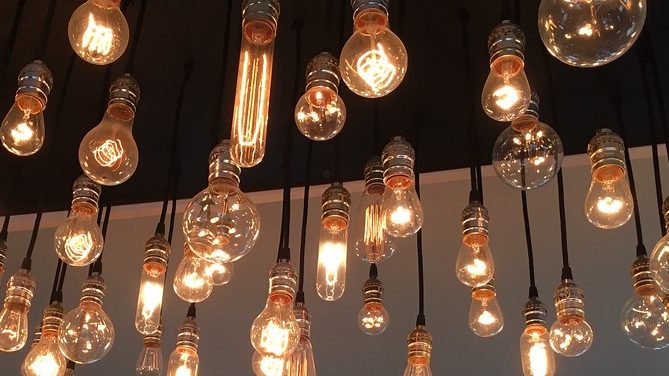Decorative light bulbs are designed to enhance the aesthetic appeal of lighting fixtures, adding style and ambiance to spaces. These bulbs come in various shapes, sizes, and finishes, making them popular in both residential and commercial settings.
Some of the most common types include Edison bulbs, known for their vintage look with visible filaments that emit a warm, amber glow, and are ideal for creating cozy atmospheres. Globe bulbs are spherical and often larger, making them perfect for vanity mirrors, pendant lights, and chandeliers. Flame-tip and candelabra bulbs add an elegant, traditional look to fixtures like chandeliers and wall sconces, often resembling candle flames.
LED filament bulbs combine the energy efficiency of LEDs with the vintage appearance of traditional filament bulbs, offering a warm glow with lower energy consumption. Decorative bulbs also come with features like dimmability, a range of color temperatures, and special finishes like tinted or frosted glass.
These bulbs are commonly used in living rooms, bedrooms, dining rooms, outdoor spaces, and commercial environments such as restaurants and cafes. Decorative light bulbs are key elements in interior design, transforming the mood and style of any space.

When choosing a decorative bulb, several factors should be considered to ensure the bulb complements your space and meets your lighting needs:
- Bulb Shape and Size: The shape and size of the bulb should match the fixture and the desired aesthetic. For instance, Edison bulbs are ideal for a vintage look, while globe bulbs work well in modern or vanity fixtures.
- Base Type: Ensure the bulb’s base (e.g., E26, E12) is compatible with your fixture’s socket.
- Color Temperature: This determines the warmth or coolness of the light, measured in Kelvin. A lower Kelvin (around 2700K) provides a warm, cozy glow, while higher Kelvin (4000K and above) emits a cooler, more energizing light.
- Brightness (Lumens): Consider the brightness level required for the space. Decorative bulbs typically emit softer light, but the lumens should align with your lighting needs.
- Dimmability: If your fixture has a dimmer switch, choose a bulb that is dimmable to adjust the ambiance as needed.
- Energy Efficiency: LED decorative bulbs are more energy-efficient and longer-lasting compared to traditional incandescent bulbs. This is an important factor if you’re looking for sustainability and cost savings.
- Lifespan: LEDs generally last longer than incandescent bulbs, which can reduce the frequency of replacements.
- Special Finishes: Decorative bulbs may come with tinted glass, frosted finishes, or mirrored tips, which can create different lighting effects and add a unique touch to your space.
- Fixture Compatibility: Some fixtures are designed for specific bulb types (e.g., chandelier bulbs for chandeliers). Make sure the bulb complements the fixture both in appearance and function.
- Style and Aesthetic: The bulb’s style should align with your interior design. Whether you prefer a modern, vintage, or industrial look, the bulb should enhance the overall decor of the room.
Considering these factors will help you choose the right decorative bulb that not only meets your functional needs but also enhances the aesthetic appeal of your space.

Leave a Reply
You must be logged in to post a comment.